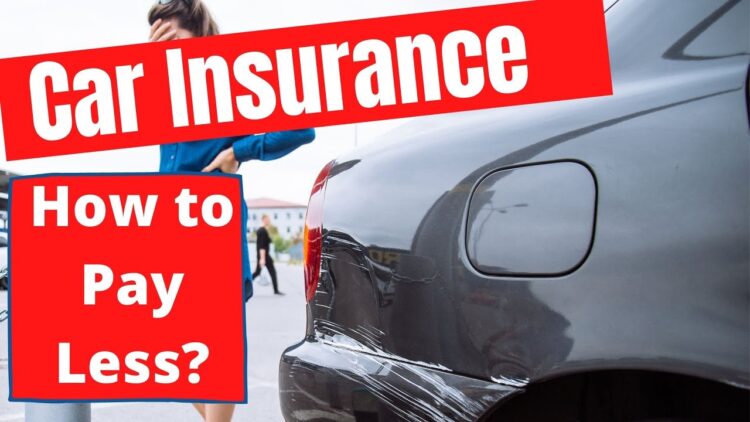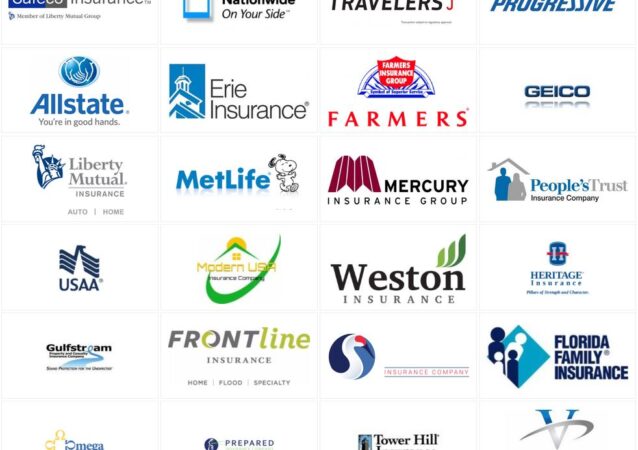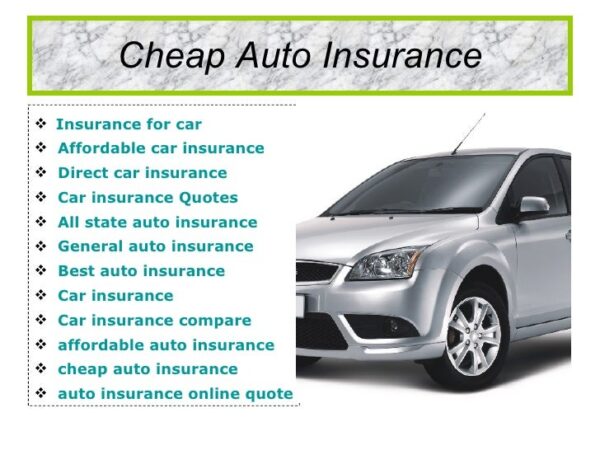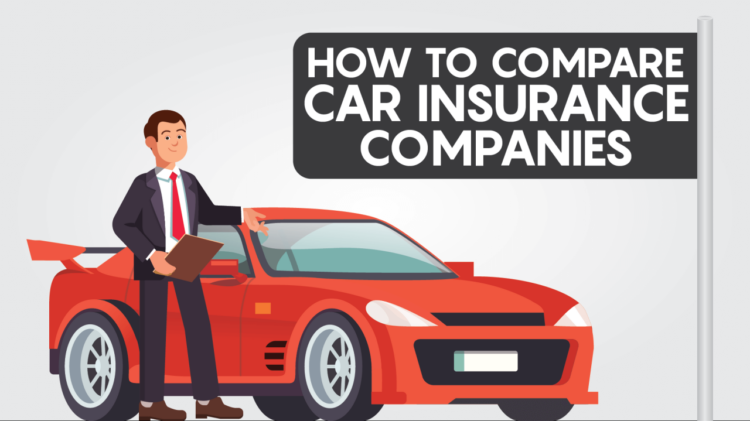
Can I have two cars insured in my name? This is a question many car owners ask, especially if they have multiple vehicles or are considering purchasing a second car. It’s a common question with a straightforward answer: Yes, you can usually have two cars insured in your name, but the details and implications can vary depending on your insurance provider and your individual circumstances.
Insuring multiple vehicles under your name presents a range of factors to consider, from the type of insurance policies available to the potential discounts and savings you can receive. This guide will explore the nuances of insuring two cars in your name, providing a comprehensive overview of the process, the benefits, and the potential financial implications.
Insurance Policies and Multiple Vehicles
Insuring multiple vehicles can present a unique set of considerations for car owners. Depending on your needs and preferences, various insurance policy options are available, each with its own set of advantages and disadvantages.
Types of Insurance Policies for Multiple Vehicles
You have the option of insuring your vehicles under separate policies or a single policy. Here’s a breakdown of the different options:
- Separate Policies: Each vehicle is covered under its own individual policy. This offers greater flexibility in customizing coverage for each vehicle based on its specific needs, such as different deductibles or coverage limits.
- Bundled Policy: This option combines coverage for multiple vehicles under a single policy. It often results in cost savings due to discounts offered for bundling multiple vehicles. However, it limits customization options, as coverage terms are typically applied to all vehicles under the policy.
Benefits and Drawbacks of Insuring Two Cars Under the Same Policy
Bundling your car insurance policies can be beneficial in terms of cost savings and convenience. However, there are also some drawbacks to consider:
Benefits
- Cost Savings: Insurance companies often offer discounts for bundling multiple policies, such as multi-car discounts. This can result in significant cost savings compared to insuring vehicles separately.
- Convenience: Managing multiple policies can be streamlined with a bundled policy. You only need to deal with one insurer and one premium payment, simplifying the process.
- Potential for Higher Discounts: Some insurers offer additional discounts for bundling multiple vehicles, such as loyalty discounts or good driver discounts.
Drawbacks
- Limited Customization: Bundling policies often limits customization options, as coverage terms are typically applied to all vehicles under the policy. This can be a drawback if you have vehicles with different needs or risk profiles.
- Potential for Higher Premiums: While bundling often leads to discounts, it’s not always guaranteed. If one vehicle has a higher risk profile, the overall premium for the bundled policy may be higher than insuring the vehicles separately.
- Loss of Flexibility: A bundled policy can limit your flexibility in changing coverage or switching insurers for individual vehicles. You may need to adjust coverage for all vehicles if you want to make changes for one.
Common Insurance Policy Terms for Multiple Vehicle Coverage
When insuring multiple vehicles, several common insurance policy terms apply:
- Multi-Car Discount: This discount is offered for insuring multiple vehicles under the same policy. The discount percentage can vary depending on the insurer and the number of vehicles insured.
- Deductible: This is the amount you pay out-of-pocket before your insurance coverage kicks in. Bundled policies often have a single deductible for all vehicles, which can be advantageous if you have a high-risk vehicle and a lower-risk vehicle.
- Coverage Limits: These are the maximum amounts your insurer will pay for covered losses. Bundled policies typically have a single coverage limit for all vehicles, which may be sufficient for all vehicles or may need to be adjusted based on the value of each vehicle.
Factors Affecting Insurance Premiums
Insuring multiple vehicles can be beneficial, but it’s important to understand the factors that influence insurance premiums. Insurance companies consider various factors when calculating premiums for multiple vehicles, and these factors can significantly impact your overall cost.
Driver History
A driver’s history plays a crucial role in determining insurance premiums. This includes factors like:
- Driving Record: A clean driving record with no accidents, violations, or DUI convictions will result in lower premiums. Conversely, a history of accidents, traffic violations, or DUI convictions will increase premiums.
- Age and Experience: Younger and less experienced drivers are statistically more likely to be involved in accidents, leading to higher premiums. As drivers gain experience and age, their premiums typically decrease.
- Credit Score: Insurance companies often use credit scores as a proxy for risk assessment. Individuals with good credit scores are often considered lower risk and may qualify for lower premiums.
Vehicle Type
The type of vehicle you insure significantly impacts your premiums.
- Make and Model: Certain vehicle makes and models are known to be more expensive to repair or replace, leading to higher premiums. Sports cars, luxury vehicles, and high-performance cars often have higher insurance premiums.
- Safety Features: Vehicles equipped with advanced safety features, such as anti-lock brakes, airbags, and stability control, are generally considered safer and may qualify for lower premiums.
- Vehicle Age: Newer vehicles are typically more expensive to repair, while older vehicles may have depreciated in value. Insurance premiums reflect these factors, with newer vehicles often having higher premiums.
Location
Your location also influences insurance premiums, as it reflects factors like:
- Population Density: Areas with high population density tend to have more traffic congestion and a higher risk of accidents, leading to higher premiums.
- Crime Rates: Areas with higher crime rates are associated with an increased risk of theft or vandalism, which can impact insurance premiums.
- Weather Conditions: Areas prone to severe weather events, such as hurricanes, tornadoes, or hailstorms, may have higher insurance premiums to cover potential damage.
Calculating Premiums for Multiple Vehicles, Can i have two cars insured in my name
Insurance companies use various methods to calculate premiums for multiple vehicles. Some common approaches include:
- Bundling Discounts: Insurance companies often offer discounts for insuring multiple vehicles under the same policy. These discounts can vary depending on the insurer and the specific vehicles insured.
- Risk Assessment: Each vehicle is assessed individually based on factors such as its make, model, safety features, and usage. The insurance company then calculates a premium for each vehicle based on its perceived risk.
- Combined Coverage: Some insurance companies may offer combined coverage for multiple vehicles, where the premium is calculated based on the overall risk of the insured vehicles. This approach can result in lower premiums compared to insuring each vehicle individually.
Discounts and Savings
Insuring multiple vehicles in your name can lead to significant cost savings, especially when combined with other insurance policies. Insurers often offer discounts for bundling policies or for having multiple vehicles insured with them.
Multiple Vehicle Discounts
Insurers often offer discounts for insuring multiple vehicles with them. These discounts are designed to incentivize customers to consolidate their insurance needs with a single provider. These discounts can vary depending on the insurer, the types of vehicles, and the individual’s driving history.
Bundling Insurance Policies
Bundling your home and auto insurance with the same insurer can result in substantial savings. This practice is known as multi-policy discounting. Insurers offer these discounts because they recognize the loyalty of customers who choose to bundle their policies with them. By bundling, you’re essentially consolidating your insurance needs with a single provider, which simplifies their administrative processes and reduces marketing costs. These cost savings are often passed on to the customer in the form of discounts.
Common Discounts and Eligibility Criteria
| Discount Type | Eligibility Criteria |
|---|---|
| Multiple Vehicle Discount | Insuring two or more vehicles with the same insurer. |
| Safe Driver Discount | Maintaining a clean driving record with no accidents or violations. |
| Good Student Discount | Maintaining a certain GPA or academic standing. |
| Anti-theft Device Discount | Installing anti-theft devices such as alarms or tracking systems. |
| Loyalty Discount | Being a long-term customer with the same insurer. |
| Paperless Billing Discount | Opting for electronic billing and communication. |
| Defensive Driving Course Discount | Completing a certified defensive driving course. |
| Homeowner Discount | Bundling home and auto insurance with the same insurer. |
Legal and Financial Considerations: Can I Have Two Cars Insured In My Name

Insuring multiple vehicles under one name can have legal and financial implications that you should be aware of. Understanding these factors can help you make informed decisions about your insurance coverage and potentially save money.
Legal Implications
Insuring multiple vehicles under one name can impact your legal liability in case of an accident. If you are involved in an accident with one of your insured vehicles, your insurance policy will cover the damages and injuries up to the limits of your coverage. However, if you are found liable for the accident, your insurance company may increase your premiums or even cancel your policy. Additionally, if you are involved in multiple accidents with your insured vehicles, you may be considered a high-risk driver and face higher premiums or difficulty finding insurance.
Financial Benefits and Drawbacks
- Discounts: Insurance companies often offer discounts for insuring multiple vehicles with them. These discounts can vary depending on the insurer and the types of vehicles you insure.
- Bundling: Insuring multiple vehicles under one policy can lead to bundling discounts, where you can save money by combining your car insurance with other types of insurance, such as homeowners or renters insurance.
- Convenience: Having all your vehicles insured under one policy can be convenient, as you only need to manage one policy and one payment.
- Higher Premiums: If you have a poor driving record or if you own high-value vehicles, you may face higher premiums for insuring multiple vehicles.
- Increased Liability: Insuring multiple vehicles increases your potential financial liability in case of an accident. If you are found liable for an accident, you could be responsible for significant damages and injuries.
Financial Liabilities
Owning and insuring multiple vehicles can lead to significant financial liabilities, including:
- Insurance Premiums: The cost of insurance premiums for multiple vehicles can be substantial, especially if you have a poor driving record or own high-value vehicles.
- Maintenance Costs: Maintaining multiple vehicles can be expensive, including costs for repairs, oil changes, tires, and other routine maintenance.
- Fuel Costs: Fuel costs for multiple vehicles can add up quickly, especially if you drive long distances or have gas-guzzling vehicles.
- Parking and Storage Costs: If you have limited parking space, you may need to pay for parking or storage for some of your vehicles.
- Depreciation: Vehicles depreciate in value over time, and owning multiple vehicles can accelerate depreciation costs.
- Accident-Related Costs: If you are involved in an accident, you could face significant costs for repairs, medical bills, and legal fees.
Tips for Obtaining Coverage

Securing affordable insurance for multiple vehicles can be a challenge, but with the right approach, you can find policies that meet your needs without breaking the bank. By following a systematic process and understanding the factors that influence premiums, you can navigate the insurance landscape effectively and make informed decisions.
Obtaining Insurance Quotes
It’s essential to gather quotes from multiple insurance providers to compare coverage options and prices. This process allows you to identify the best value for your specific situation. Here’s a step-by-step guide:
- Gather your information: Before contacting insurance companies, gather all the necessary details, including vehicle identification numbers (VINs), driver’s license information, and previous insurance records. This will streamline the quote process and ensure accuracy.
- Use online comparison tools: Many websites allow you to compare quotes from various insurers simultaneously. These tools can save you time and effort by providing a side-by-side comparison of coverage options and prices. Make sure to provide accurate information to receive accurate quotes.
- Contact insurance agents directly: While online tools are helpful, contacting insurance agents directly allows for personalized guidance and a deeper understanding of coverage options. Agents can tailor policies to your specific needs and provide expert advice.
- Request quotes for different coverage levels: To compare apples to apples, request quotes for the same coverage levels across all insurers. This ensures that you are comparing like-for-like policies and can identify the most affordable option for your desired level of protection.
- Review the quotes carefully: Once you receive quotes, review them thoroughly, paying attention to the coverage details, deductibles, and premium amounts. Make sure to understand the inclusions and exclusions of each policy to make an informed decision.
Comparing Insurance Options
Once you have collected quotes from multiple insurers, it’s time to compare them and identify the best option. Consider the following factors when comparing insurance policies:
- Coverage levels: Ensure that the policies you are comparing offer the same level of coverage. For example, compare liability limits, collision and comprehensive coverage, and other optional features. This will ensure that you are comparing like-for-like policies.
- Deductibles: Higher deductibles typically result in lower premiums. Consider your risk tolerance and financial capacity when choosing a deductible. A higher deductible might be suitable if you are willing to pay more out of pocket in case of an accident, but it will result in lower premiums.
- Premium amounts: Compare the monthly or annual premium amounts for each policy. Consider the overall cost of the policy, including any additional fees or charges. Don’t just focus on the lowest premium; consider the overall value and coverage provided.
- Discounts: Check if any insurers offer discounts for multiple vehicles, safe driving records, or other factors. These discounts can significantly reduce your premium and make a policy more affordable.
- Customer service: Research the reputation of each insurer regarding customer service and claims handling. Look for companies with positive reviews and a history of prompt and efficient claims processing. Good customer service can be valuable in the event of an accident or claim.
Negotiating with Insurance Companies
While you can’t always negotiate the base premium, you can explore opportunities to reduce your costs through negotiation. Here are some strategies:
- Bundle your policies: Combining your car insurance with other policies, such as homeowners or renters insurance, can often result in discounts. Bundle your policies with the same insurer to benefit from potential savings.
- Highlight your good driving record: If you have a clean driving record with no accidents or violations, emphasize this to the insurer. A good driving history can qualify you for discounts or lower premiums.
- Ask about payment options: Some insurers offer discounts for paying premiums annually or in full rather than monthly. Explore these options to see if they can reduce your overall costs.
- Be prepared to switch insurers: If you are not satisfied with the quotes or negotiation process, be prepared to switch insurers. Having multiple quotes and understanding the market can give you leverage during negotiations.
Last Word

Ultimately, deciding whether to insure two cars in your name is a personal decision. By understanding the different aspects of multiple vehicle insurance, including policy types, premium factors, potential discounts, and legal considerations, you can make an informed choice that aligns with your needs and financial situation. Remember, it’s essential to shop around and compare quotes from multiple insurance providers to find the best coverage at the most competitive rates.
FAQs
What are the different types of insurance policies available for multiple vehicles?
There are various types of insurance policies available for multiple vehicles, including comprehensive, collision, liability, and uninsured/underinsured motorist coverage. The specific types of coverage you need will depend on your individual needs and the requirements in your state.
How can I save money on my insurance premiums for multiple vehicles?
There are several ways to save money on your insurance premiums for multiple vehicles, including bundling your insurance policies, taking advantage of discounts for safe driving records, and choosing a higher deductible.
What are the legal implications of insuring multiple vehicles under one name?
The legal implications of insuring multiple vehicles under one name can vary depending on your state. It’s important to understand the laws in your state and ensure that you have adequate coverage for all of your vehicles.





